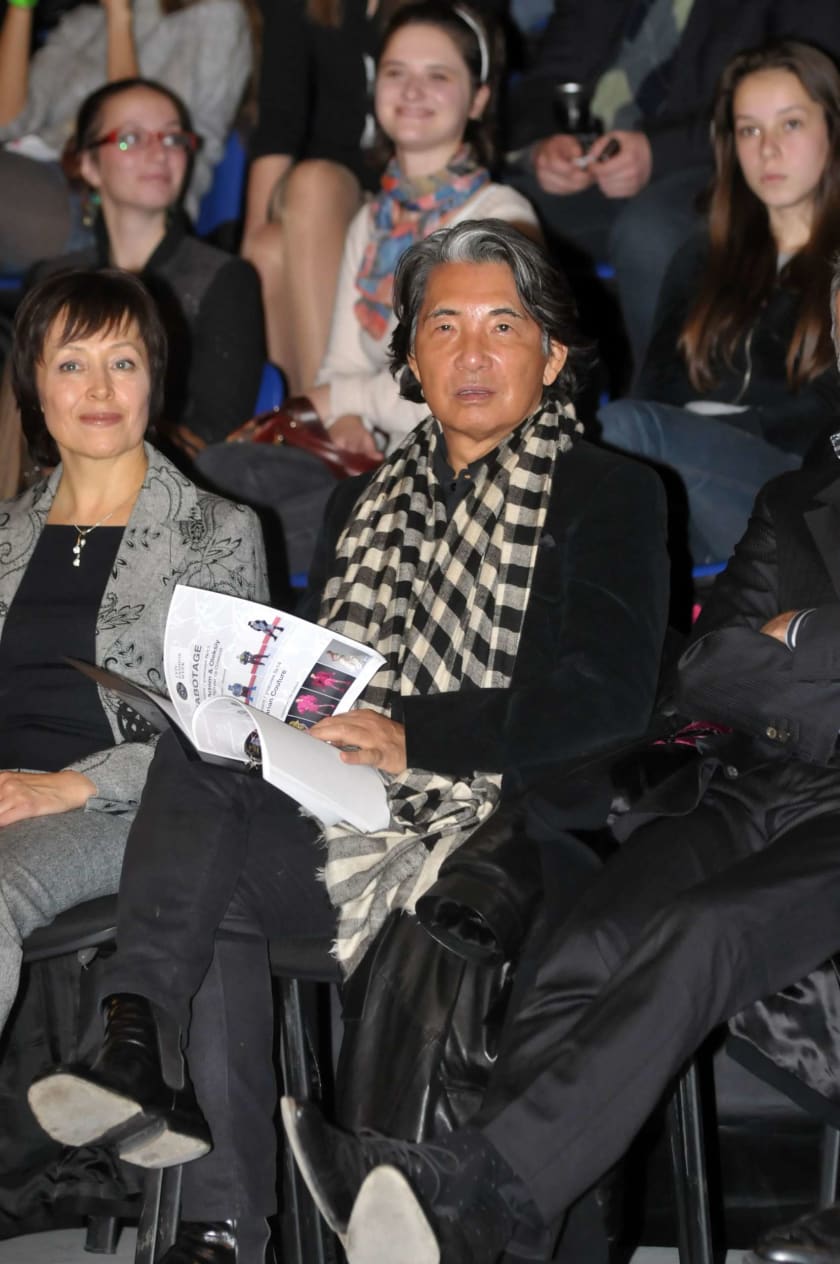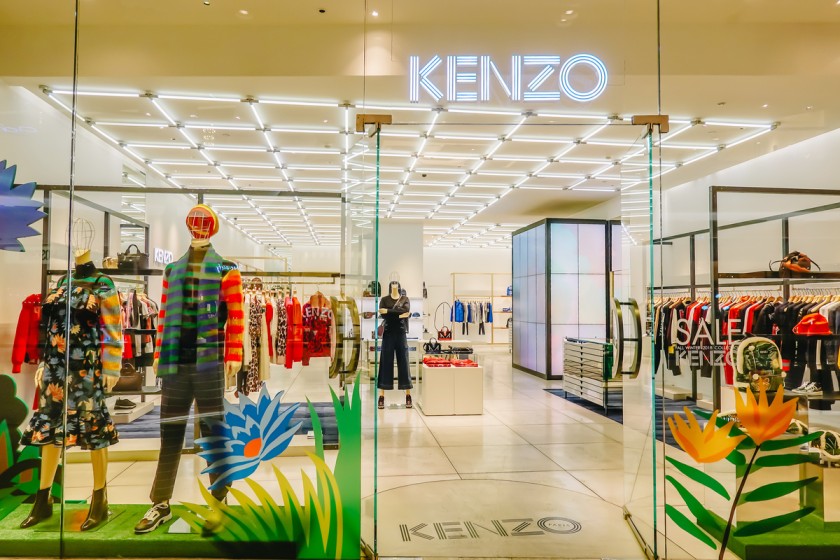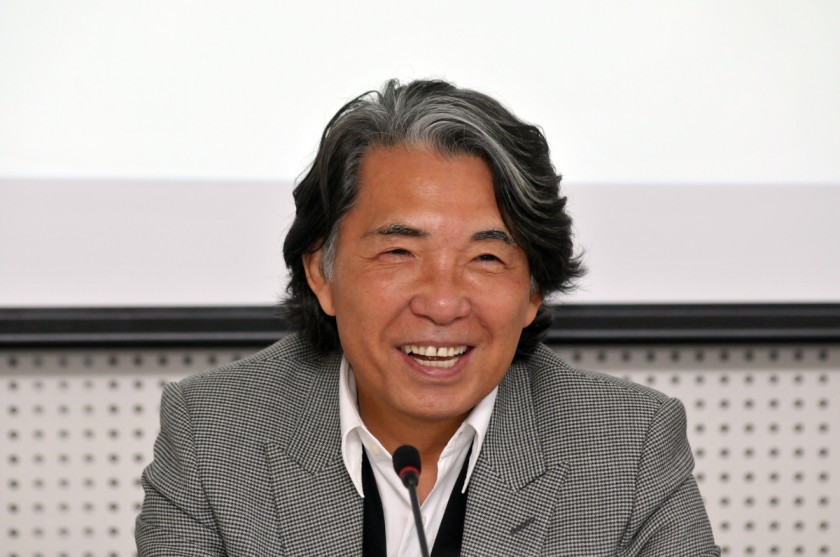A Sneak Peek Inside Designer Kenzo Takada’s Personal Collection



In 1970, Designer Kenzo Takada, a Japanese-French designer, debuted his fashion line in Paris. He sold only through his first store, Jungle Jap. His creations were a kaleidoscope of bright hues and mismatched prints inspired by his global travels.
He amassed several awards and achievements over the following 3 decades, along with a flurry of magazine covers, and created a perfume empire.
He also pioneered the concept of ready-to-wear apparel. At every point in his life, he adopted an eclectic, cross-cultural, and, above everything, joyous aesthetic, none much more than in his Paris home — a 600-square-meter Haussmannian apartment with a spectacular view of Saint-Germain-des-Prés.
Takada recaptured the dress traditions of his home, Japan – the kimono wraps, the complicated layers, and vibrant designs – and modified them for Paris’s streets, cafes, and clubs.
Kenzo’s Personal Collection

Kenzo adopted a diverse, cross-cultural, and, most importantly, happy design in all areas of his life.
He created a fusion of cultures and ideas which is represented in several highlights of his personal collection, including a significant hinoki-wood horse from the Han period, a third-century Buddha torso, and beautiful Baccarat chandeliers that formerly enlivened Takada’s high-ceilinged house.
Designer Kenzo Takada spent over 50 years collecting artifacts for his house, and there are over 600 items in this personal collection. The collection includes furniture and ornamental items, sculpture, painting, as well as other pieces of art, the majority of which he discovered during his many trips.
Kenzo As a Designer

At the time when an increasing number of women entered the workforce, Takada designed loose-fitting, dynamic clothing that could be purchased off the rack as an alternative to opulent haute couture. His objective was to create apparel for ladies that could be worn daily, not just for special events.
Takada is particularly well-known for his “folklore look” collection, which he developed throughout his journey from Japan to Europe.
He considered Paris’s sexual permissiveness and freedom liberating and stimulating to his creativity. In his later years, his style became unmistakably voguish, the lines of his perfectly fitted suits softened by a colossal, sash-like scarf. Even his grey hair would develop fashionably, with a dramatic streak of silver flashing across the front of a jet-black floppy fringe accessorized with his signature radiant smile.
The Kenzo collection showcases this genius vision for fashion and interior design. As with his couture, he was adept at blending disparate cultures in this Parisian flat where he spent the final 15 years of his life.
Designer Kenzo Takada’s History
In 1965, Kenzo boarded a cargo-passenger ship from Yokohama. While en route to Europe, the ship stopped at numerous ports in Asia, the Middle East, and Africa, allowing Takada to observe how people dressed and conducted themselves, which he eventually incorporated into his characteristic style.
The variety of colors and scents, as well as people’s recollections, aided Designer Kenzo Takada in developing the collection, which featured elements of the ethnic and tribal dress.
Takada opened his showroom, Kenzo, in the Place des Victoires in October 1976. Later, he renamed his brand Kenzo (earlier called Jungle Jap) to appeal to the American market, and his presentations were renowned for their theatricality and spectacle.
Takada created his first men’s collection in 1983, following the success of his women’s wear brand. The following summer, The Limited Stores unveiled Takada as the designer of a diffusion clothing line named Album by Kenzo.
The exuberance of his attire was matched by the man himself, who cut a swath through the hedonistic nightlife culture of the era dressed like a cross between a pirate, troubadour, and medieval page. At other times, he’d show up at the swanky nightclub La Sept dressed in a small v-neck, bell-bottomed pinstripe slacks, and a massive mop of jet-black hair.
In 1986, Kenzo Jungle, a children’s brand, was launched, along with jeans. Kenzo had established himself as a household name by this stage. Takada also dabbled in perfumery. He began experimenting in 1980 with the release of King Kong, a fragrance he invented “for fun,” and went on to construct a highly profitable fragrance business.
He also changed the industry by often incorporating cotton, a fabric that was formerly reserved for summer products, and by incorporating primitive colors, which were previously deemed taboo in the industry.
Final Words
In 2017, Designer Kenzo Takada was presented with a Lifetime Achievement Award at the 55th Fashion Editors’ Club of Japan Awards. That same year, Takada debuted a new collection with Roche Bobois, reupholstering the Mah Jong sofa and launching a ceramics line. Takada returned to the fashion world on occasion following his departure.
In 2019, he designed costumes for the Tokyo Nikikai Opera Foundation’s staging of Madama Butterfly. Though his most recent plans for a new lifestyle brand did not materialize altogether, Takada’s wide and illustrious career continues to inspire uncountable creatives working in a variety of sectors today.



















